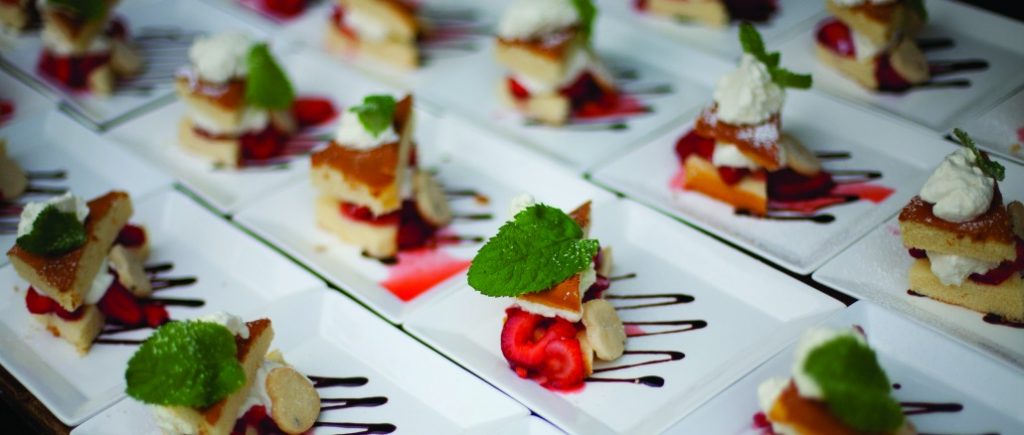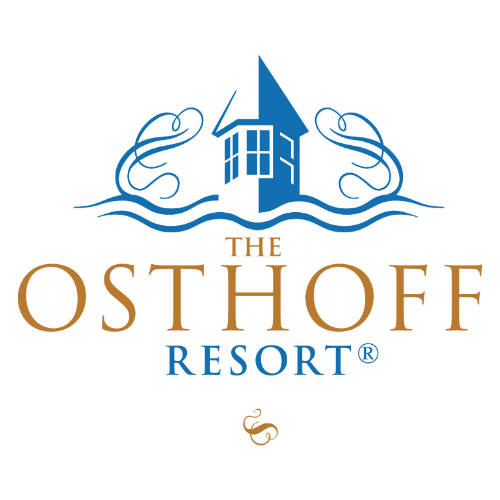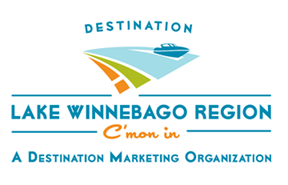Six ideas for catering your next event
02/15/2017
By Kevin Shanley
It can be easy to rely on the same popular entrees when planning your association or company conference. Doesn’t everyone love chicken for dinner or donuts for breakfast?
It’s important to remember conference meals are going to be consumed by hundreds, if not thousands, of attendees who have various dietary wants and needs. And no, they don’t want the same food and beverages consumed by participants for the past several years. They want fresh, organic, gluten-free, non-GMOverified food that tastes good (well, maybe not all that, but you get the drift).
Here are six creative ways to make the eating experience more exciting and satisfying.
TEAM-BUILDING
Traditional team-building activities can have a new add-on action — having attendees work with the inhouse culinary team to prepare and cook a meal.
Great team building offers improved collegiality, cooperation and even better communication skills. Putting together a meal at the end of it all cements those principles further by having participants follow instructions, chop ingredients and cook an excellent entrée.
FARM-TO-TABLE
According to the Worldwatch Institute, the average food item in America has traveled 1,500 miles from the farm to your plate. This fact fuels the desire to eat local: for your health, the environment and your taste buds.
Farm-to-table indicates most of your ingredients come from farms up to 100 miles away from the venue. The ability to source most of your ingredients locally and serve seasonally fresh items is what your conference attendees want. It also helps farmers and can be a boost for the local economy.
BOXED LUNCHES
Boxed lunches can be healthy and allow your meeting participants to scatter to different locations throughout the venue, including outdoors. The boxes traditionally have been filled with a sandwich, potato chips, cookie and a soda. Each box can now include vegetarian options on whole-wheat wraps, fruit, vegetables and water.
SMALL PLATES WITH WINE PAIRINGS
Rather than a formal sit-down meal, it can be fun and interesting for the chef to deliver five to six small plates with a specialty wine for each entrée. This can work well for two reasons: 1). It can let you deliver to attendees a “taste” of the local entrees and determine what they like and what they don’t. This information can be helpful when you plan the next conference. 2). You can work with local wineries to provide the vino for your event and have them explain why they paired that particular wine with each plate.
MEAL SHARING
This is an interesting concept that allows conference attendees to eat at common tables with leisure travelers and share a meal. The concept is fairly simple: If the venue provides catering services, the leisure traveler knows the pre-set menu and price before he or she decides to participate. There are long tables that seat 16 to 20, and people are seated on a firstcome, first-served basis.
This can also work effectively if several small meetings within a venue want to hold one meal together. Due to economies of scale, the cost per meal would decrease, thus saving each organization money on their total F&B budget. Plus, attendees can meet different individuals from various backgrounds.
TIE IT TO YOUR THEME
If you’re holding a themed event (i.e., James Bond, Mad Men, 1950s), you might want to exclusively serve the food and drink tied to that movie, TV show or era.











